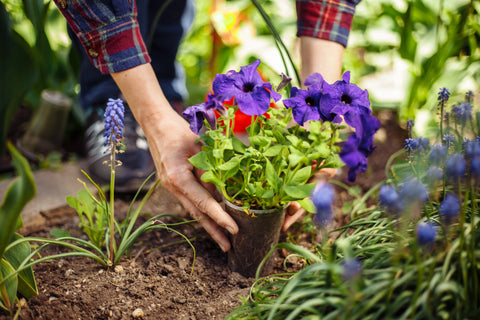You have been patiently watching your plant cuttings grow roots in water, and now, the big question is: When and How should you transfer them to soil? Moving plant cuttings to soil initially seems complex, yet a proper approach makes this transition easy to succeed in. I will provide step-by-step advice about transitioning your plant cuttings to the soil while explaining the transition timeline in this article to make sure your plants grow.
Whether you are working with popular houseplants like Pothos, Philodendron, and, of course, the newly trendy Monstera, giving your cuttings the best chance at new lives will be assisted in this piece.
When to Move Your Cuttings into Soils
Let's first tackle timing. How do you know when your cutting is ready for soil? It has to do with the roots. How quickly your cutting develops roots in water is specific to each type of plant. For example, Pilea Peperomioides (Chinese Money Plant) can grow roots in just a few days, whereas Hoyas can take weeks.
Although it is possible to transfer your cutting into the soil at any given time, it is helpful to wait until the roots are long enough to support the plant in its new environment. Generally, it would be alright to wait until the roots are as long as 2 to 4 inches. At that point, the roots are well-developed enough to thrive perfectly in their new home within the soil.
You can always wait for the roots to grow even longer if you prefer, but I've found that this 2-4 inch range is the sweet spot for most plants. At this stage, the cutting is ready for a smooth transition to soil and will have the best chance of thriving.
Selecting the Appropriate Pot Size
You must select the appropriate pot for your cutting when it is ready to move into the soil. A proper pot size selection plays a decisive role in maintaining plant health. The selected planting container needs to be slightly larger than the root system. The roots need space for growth but should not have too much environment since efficient nutrient and water absorption depends on moderate root spacing.






